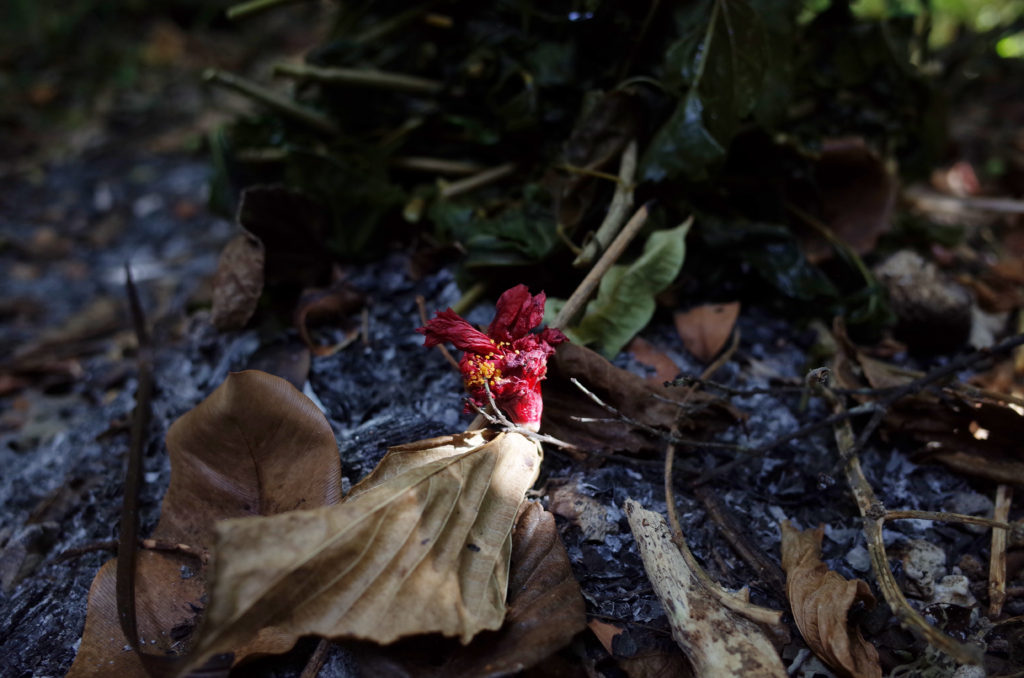The color of Hibiscus
_Midiru-Midiru
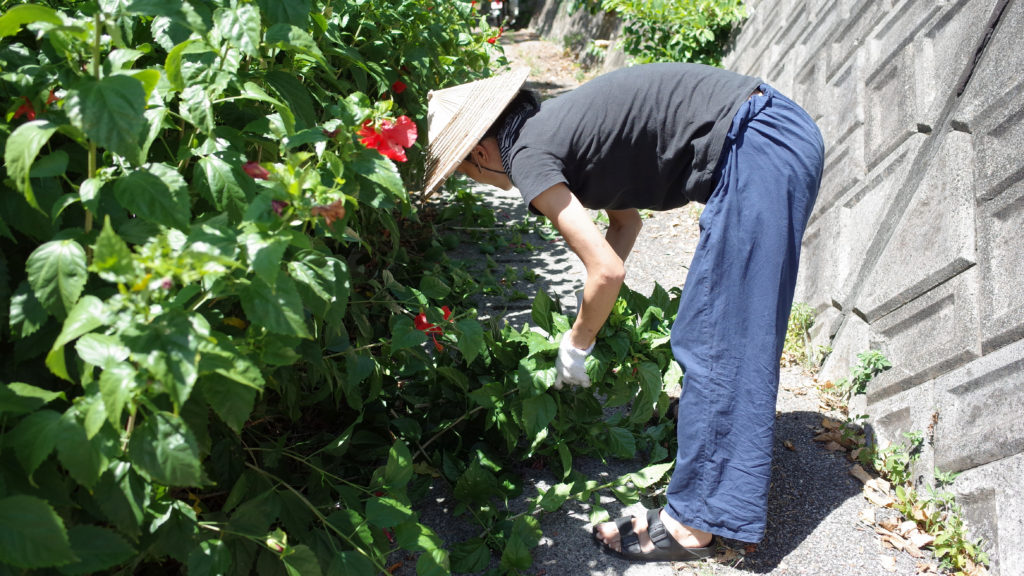
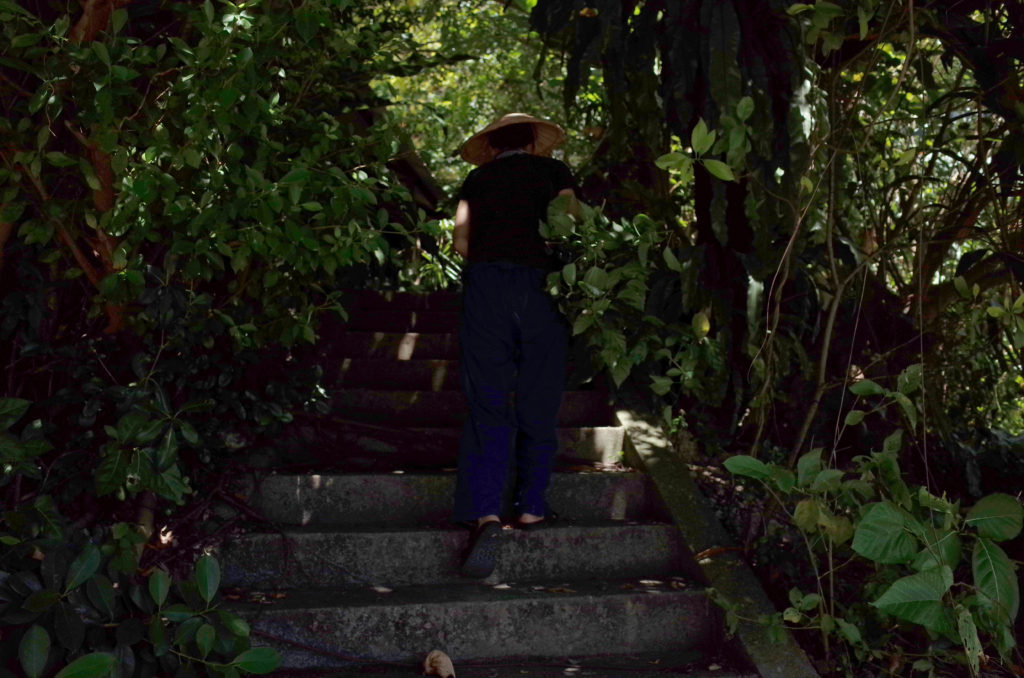
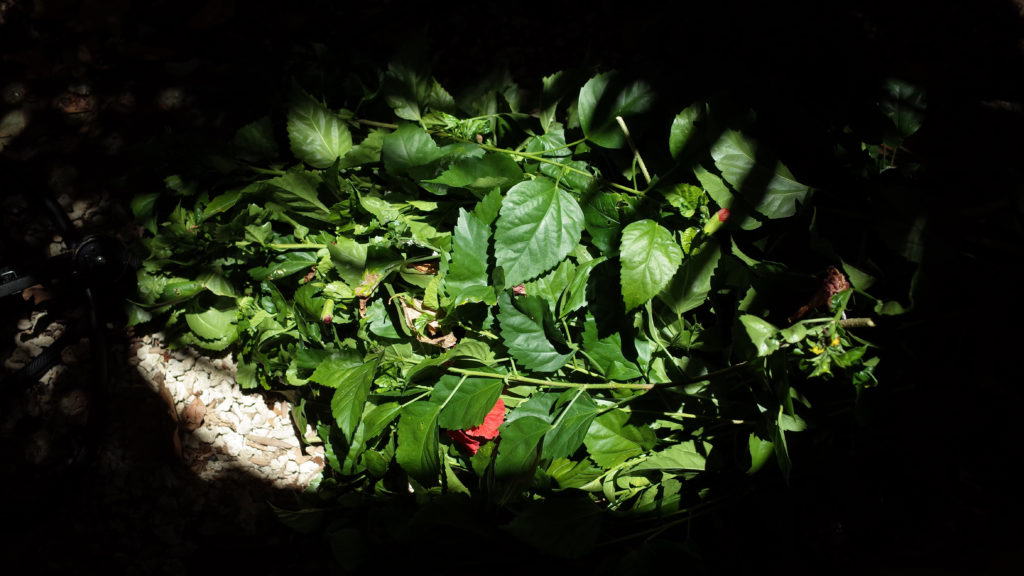
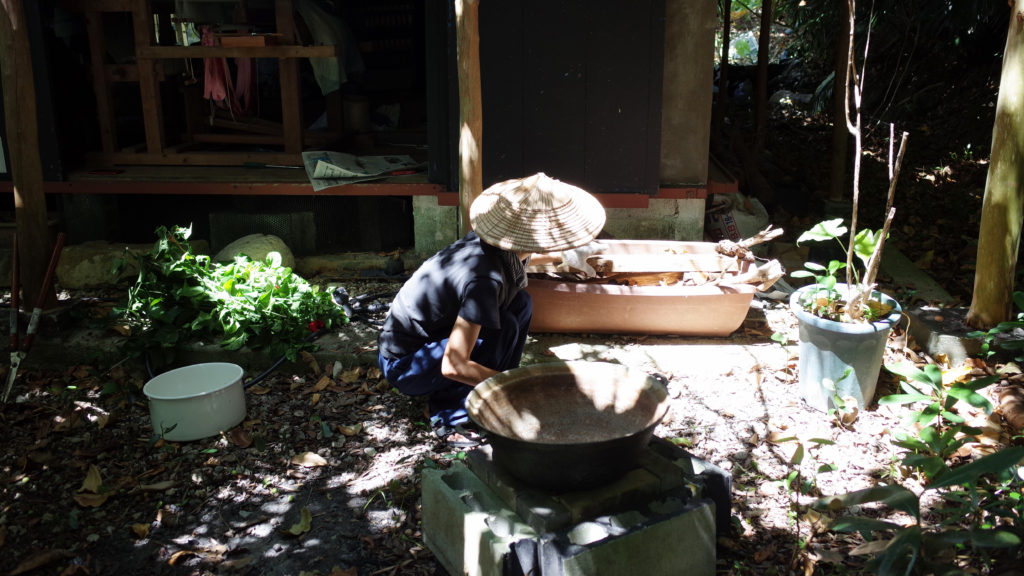
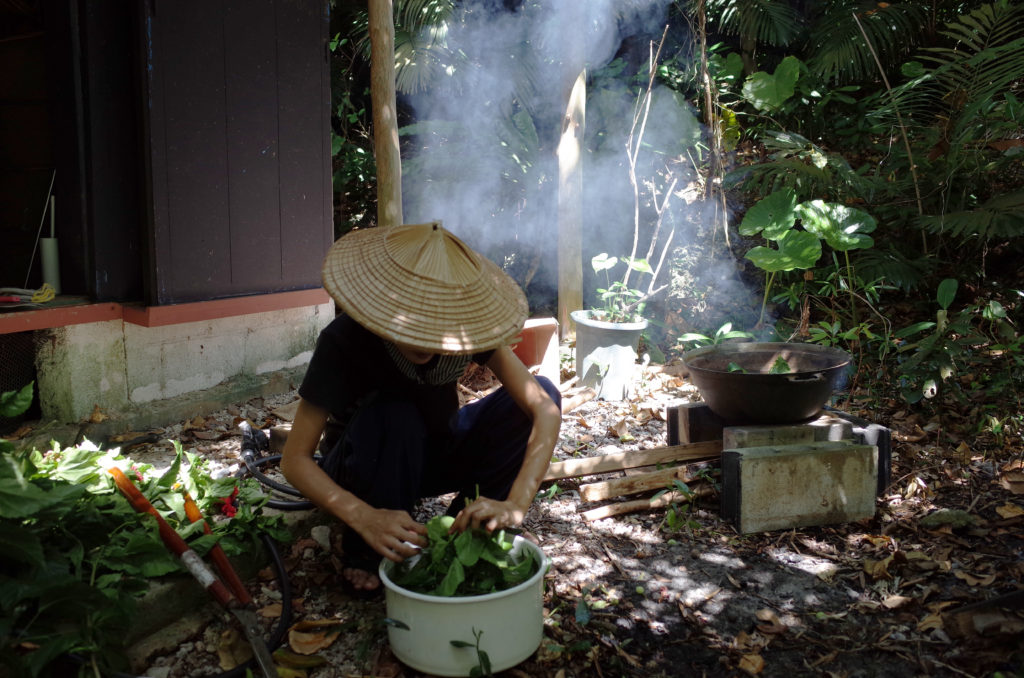
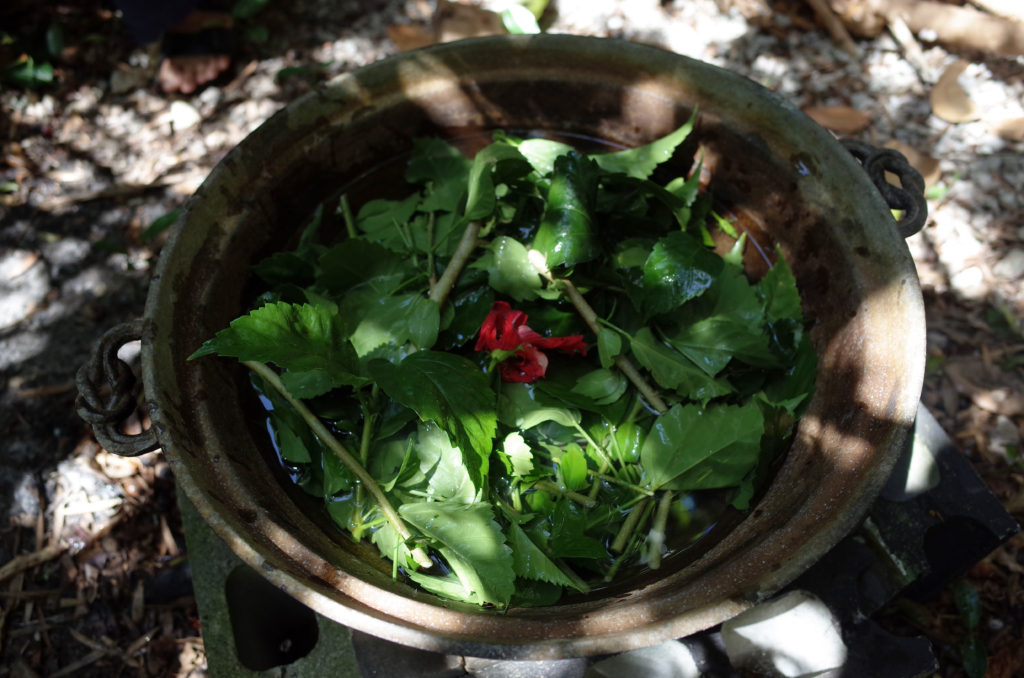
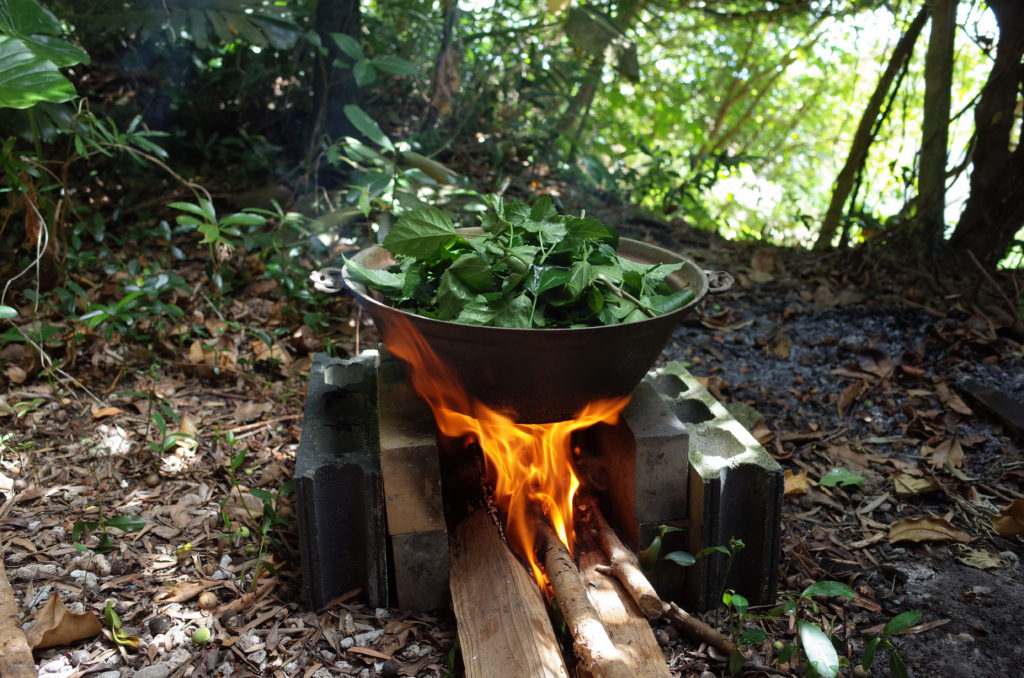
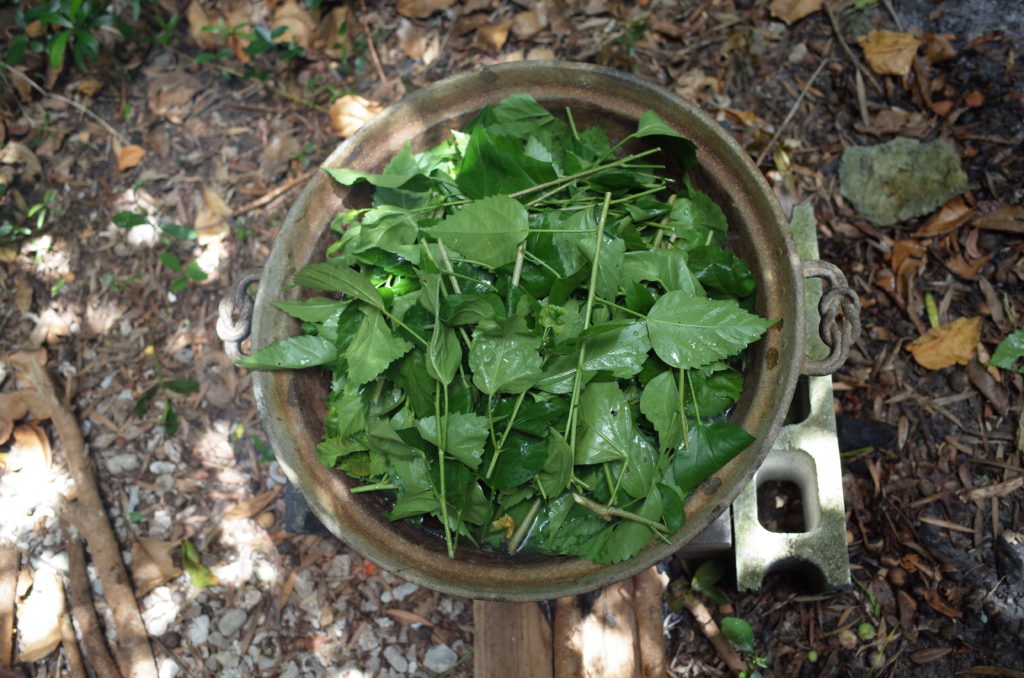
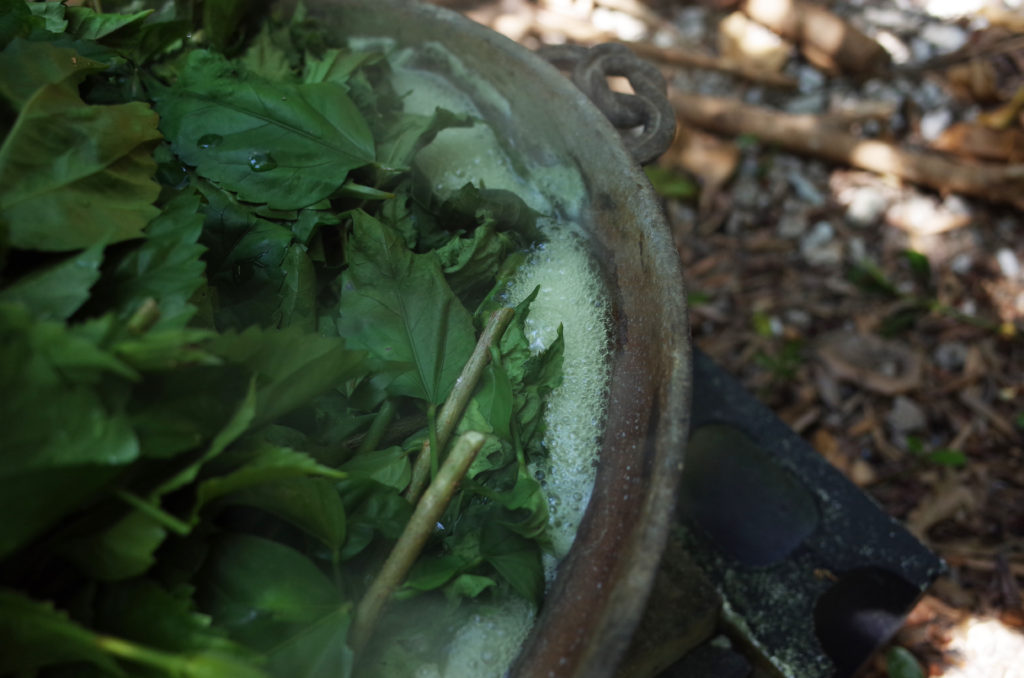
家の前からハイビスカスを枝ごと切り取ります。葉っぱを水で洗い、ゴミなどをとり綺麗にして、彼女のお家の落ち葉や薪で炊き出します。この灰も実はとても大事な媒染になるものがあります。夏の南の島でのこの作業は汗だくの作業です。
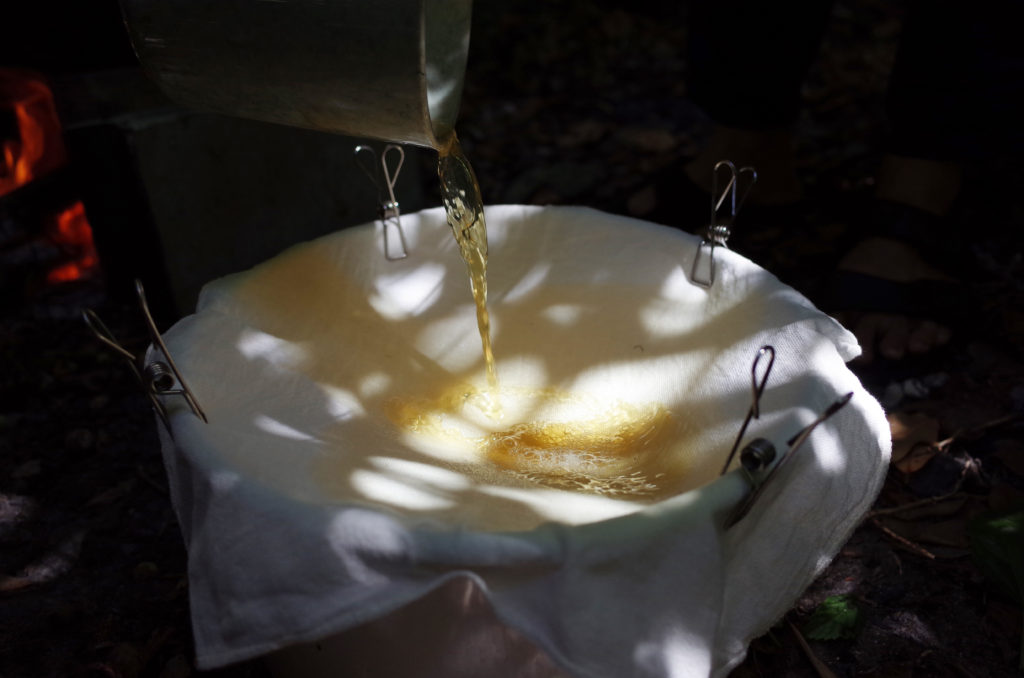
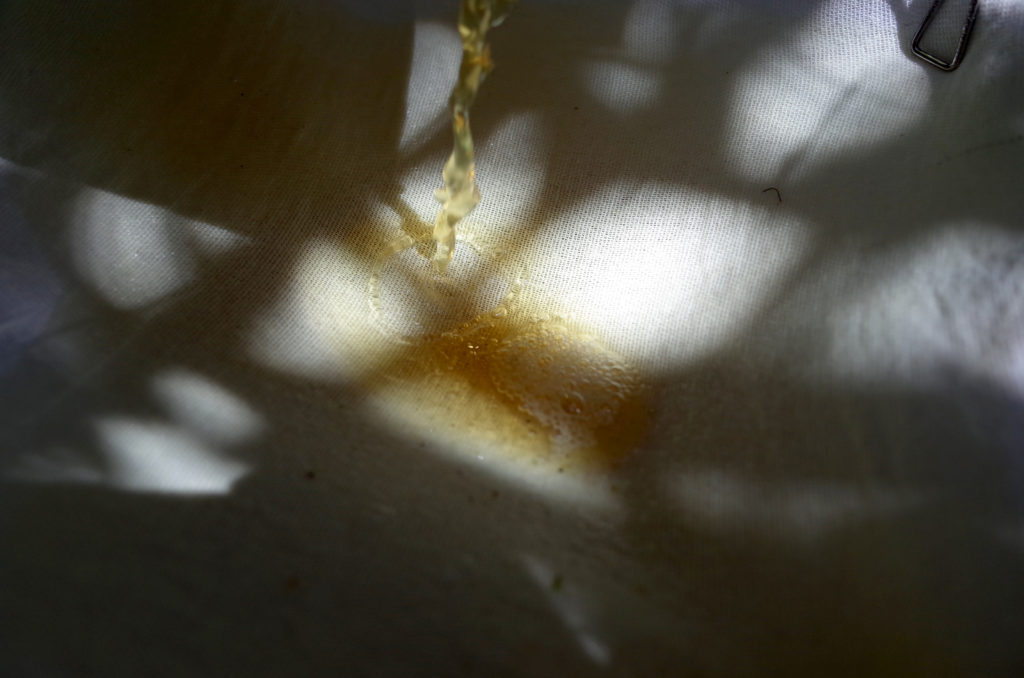
綺麗な青みがかったグリーンの色が生まれ、黄色味をおびてきます。この液体には粘り気があります。
As the hibiscus is boiled, the liquid turns from a beautiful green to yellowish and slightly sticky.
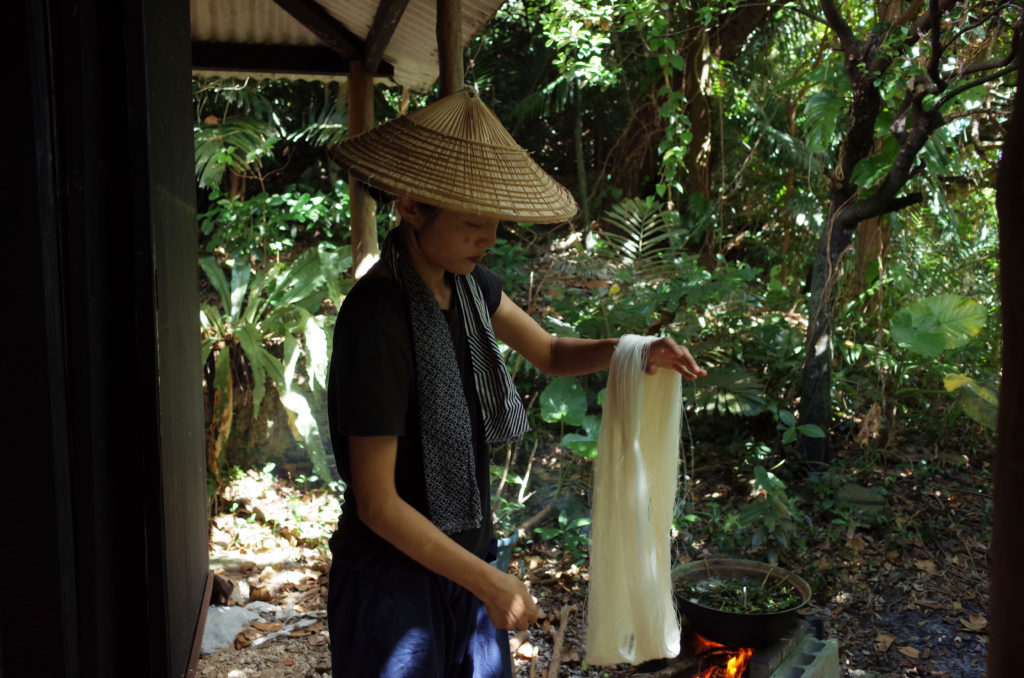
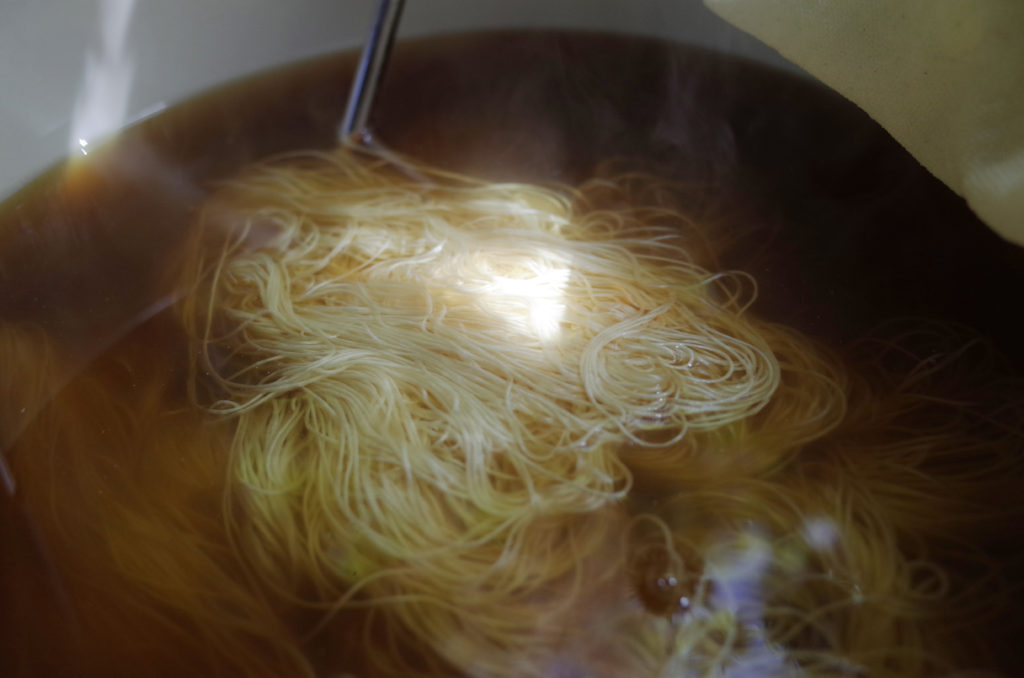
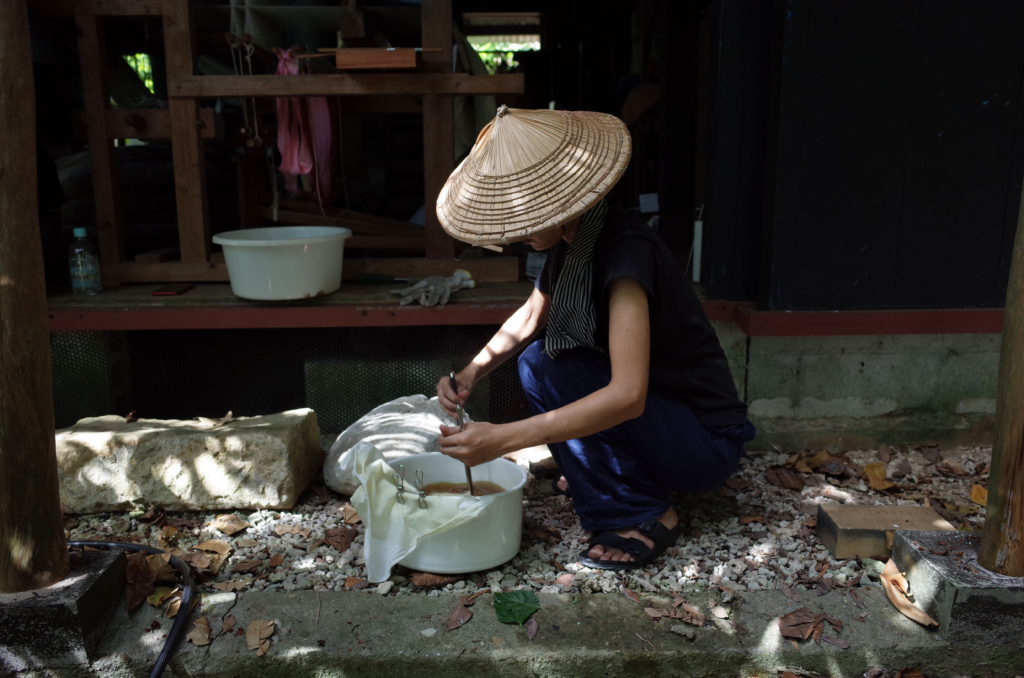
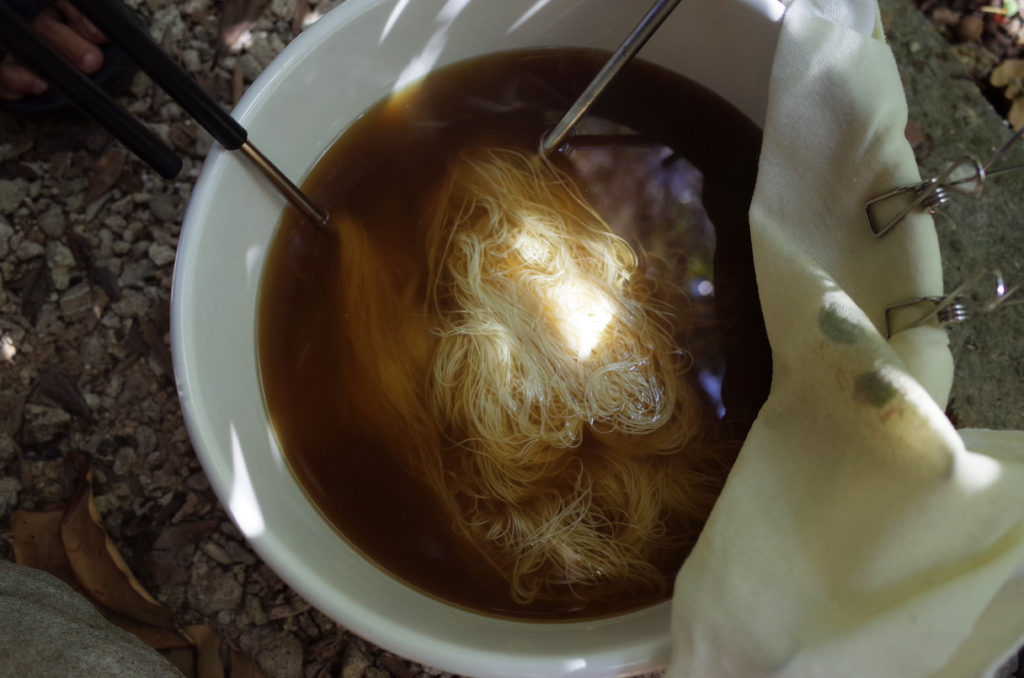
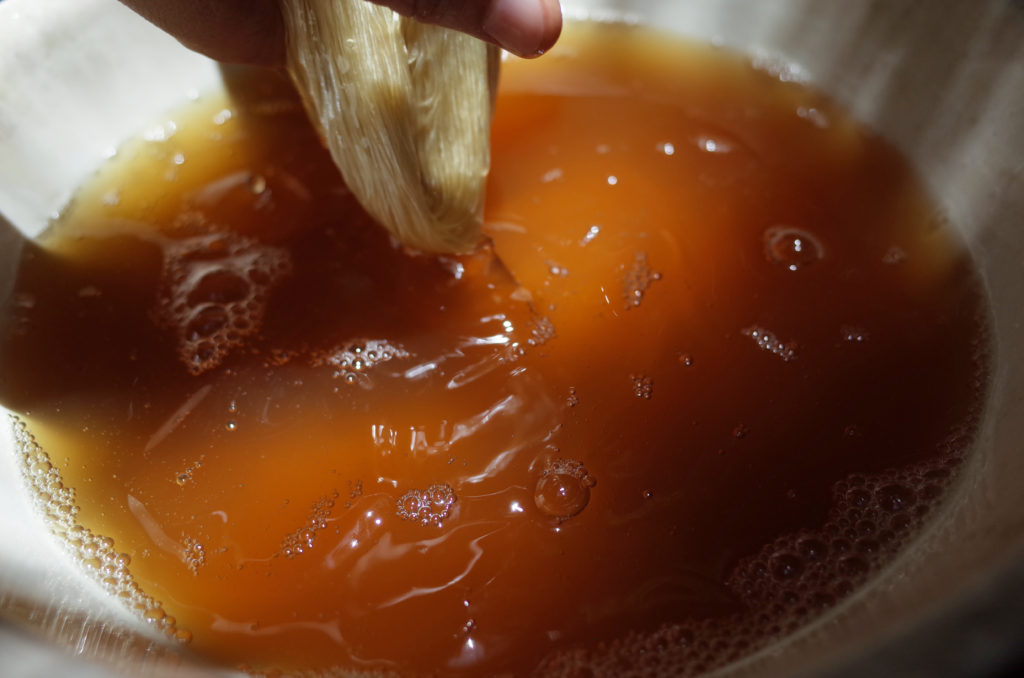

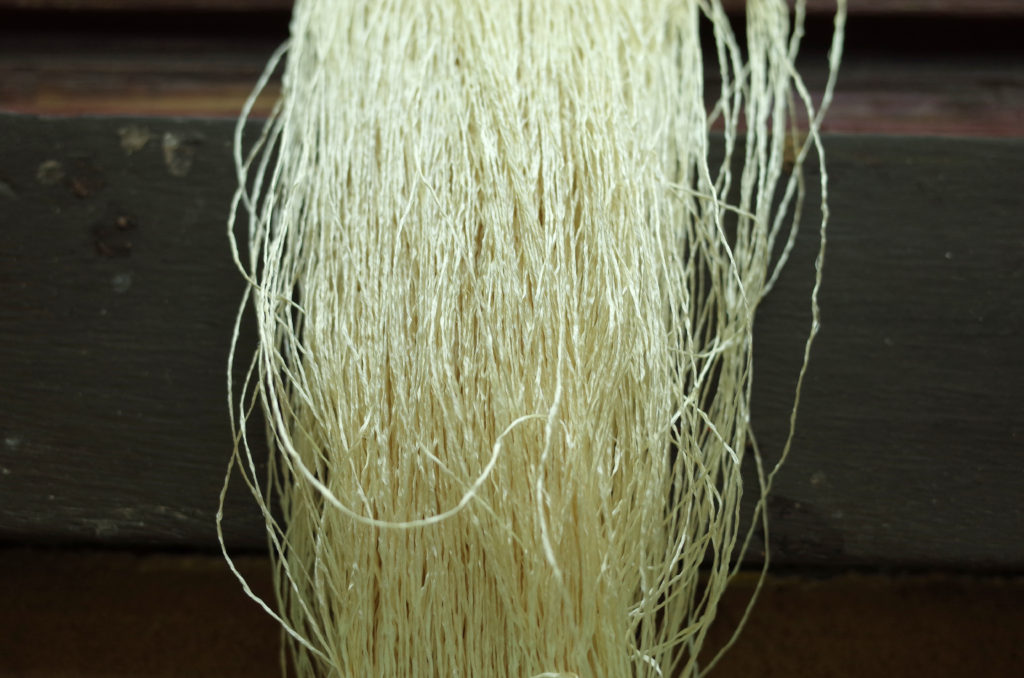
白い絹糸をハイビスカスから出た液体につけます。そうするとうっすらと薄いゴールドに近い緑に染まります。ムラが出ないように何度も液体を馴染ませます。
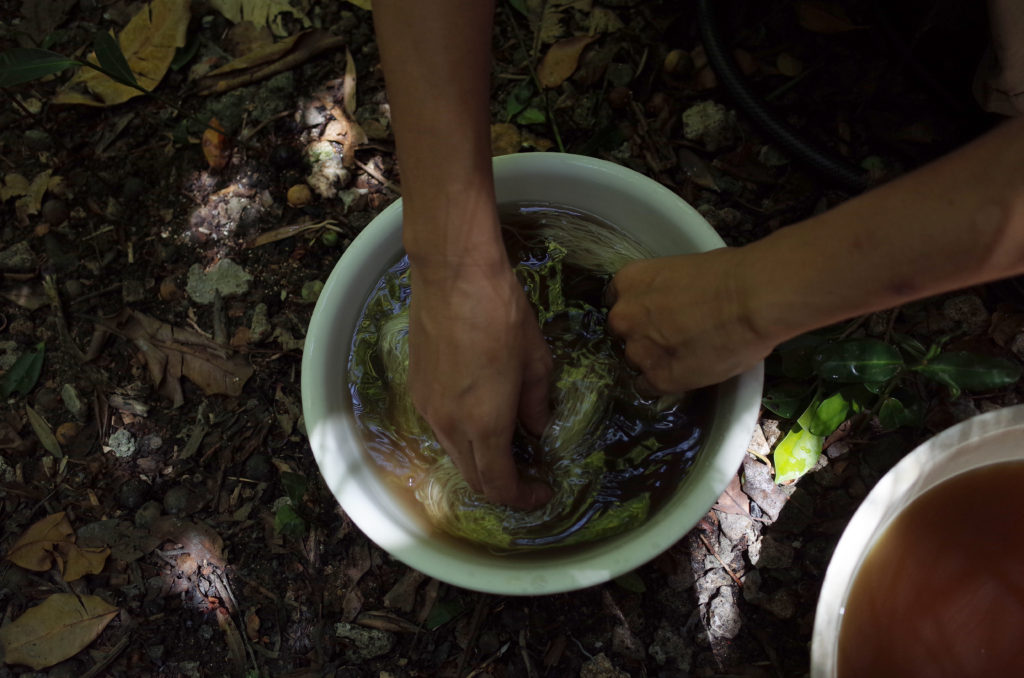
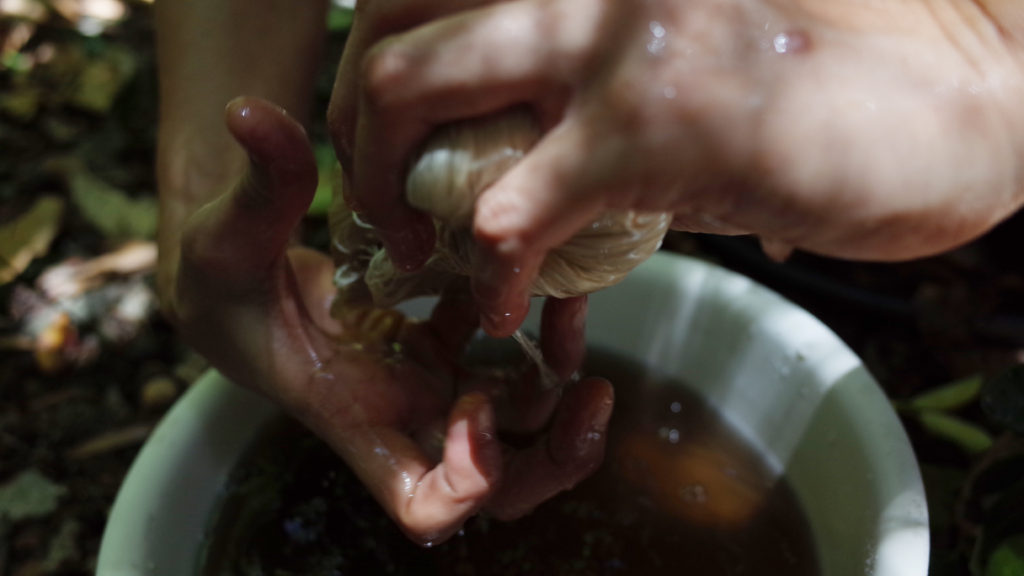
きれいにハイビスカスの液を染めたら、次に媒染します。これは色止めと、媒染の種類により、色が変化します。この媒染も天然の素材を使います。
何度もこちらもムラのないように浸してハイビスカスの原液と媒染を混ぜたものと交互に色を定着させて行きます。今回は2種類の媒染で染めます。まずはガジュマルの灰じるによる媒染。
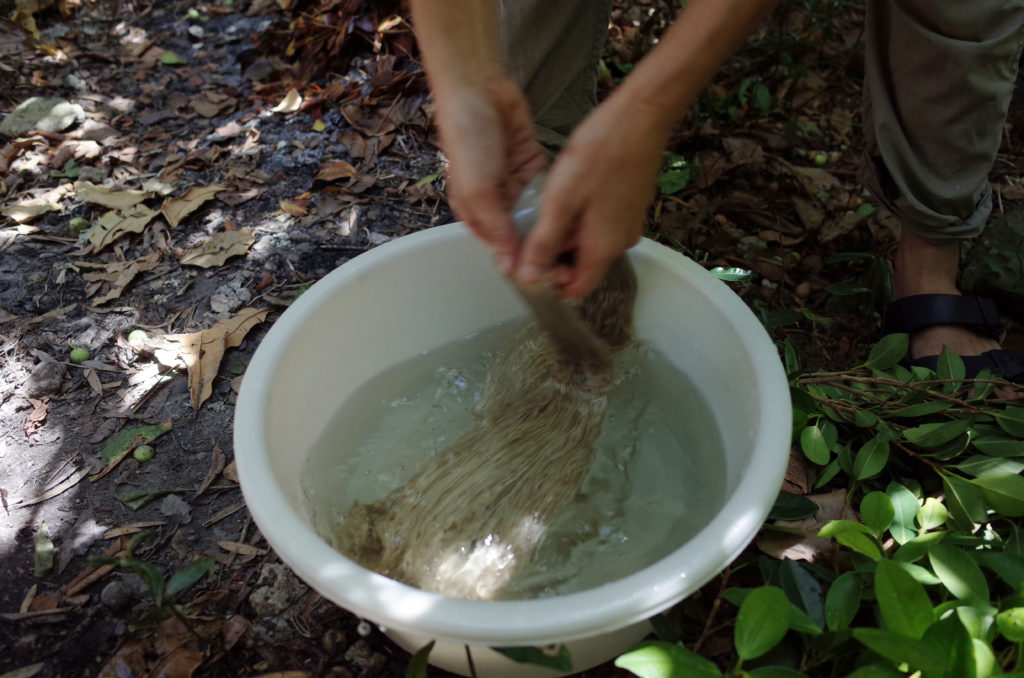
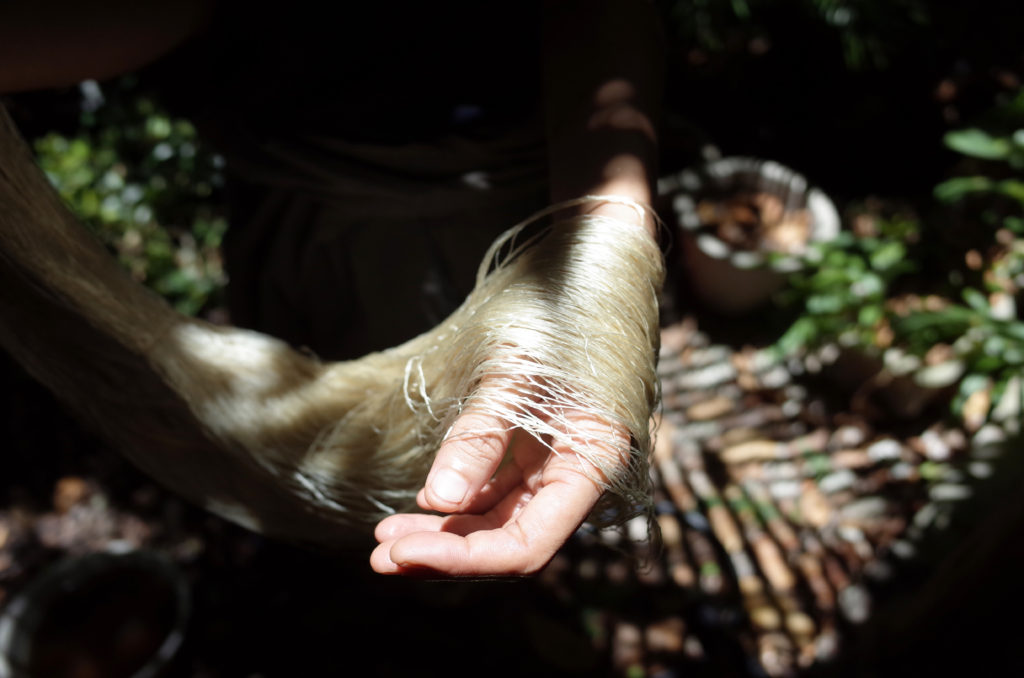
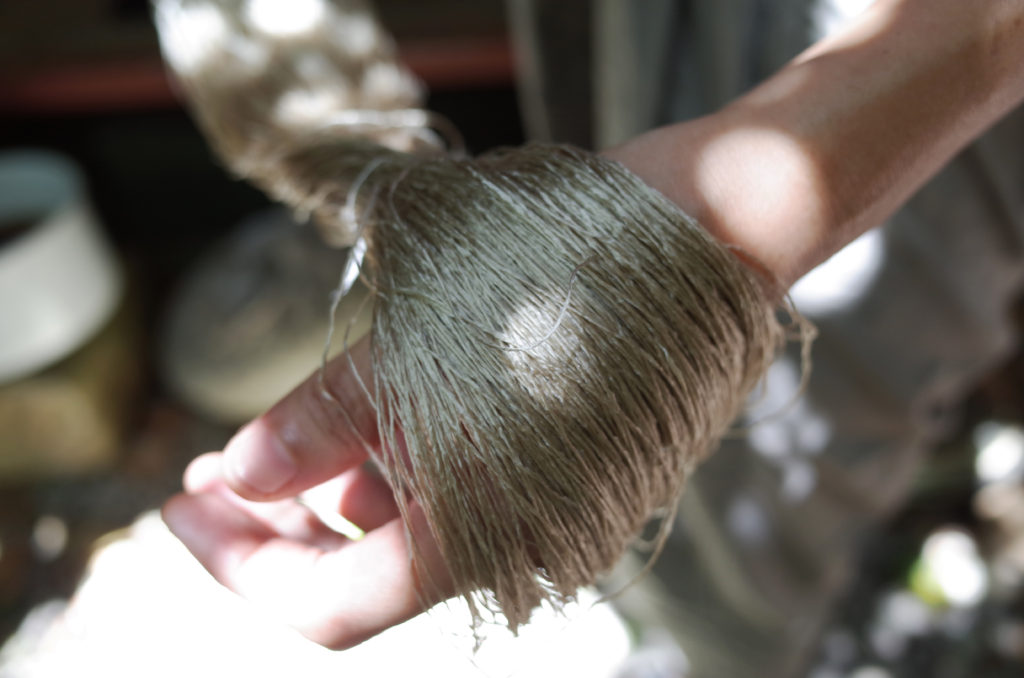
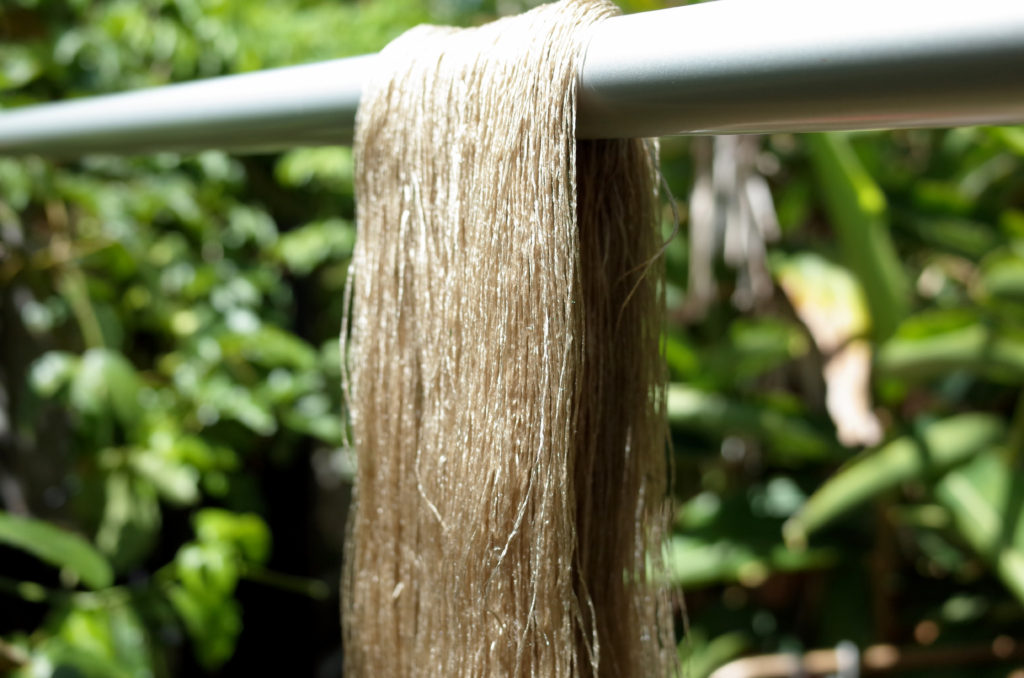
水で洗い流し、干したら出来上がり。綺麗なゴールドグレーの色が生まれました。
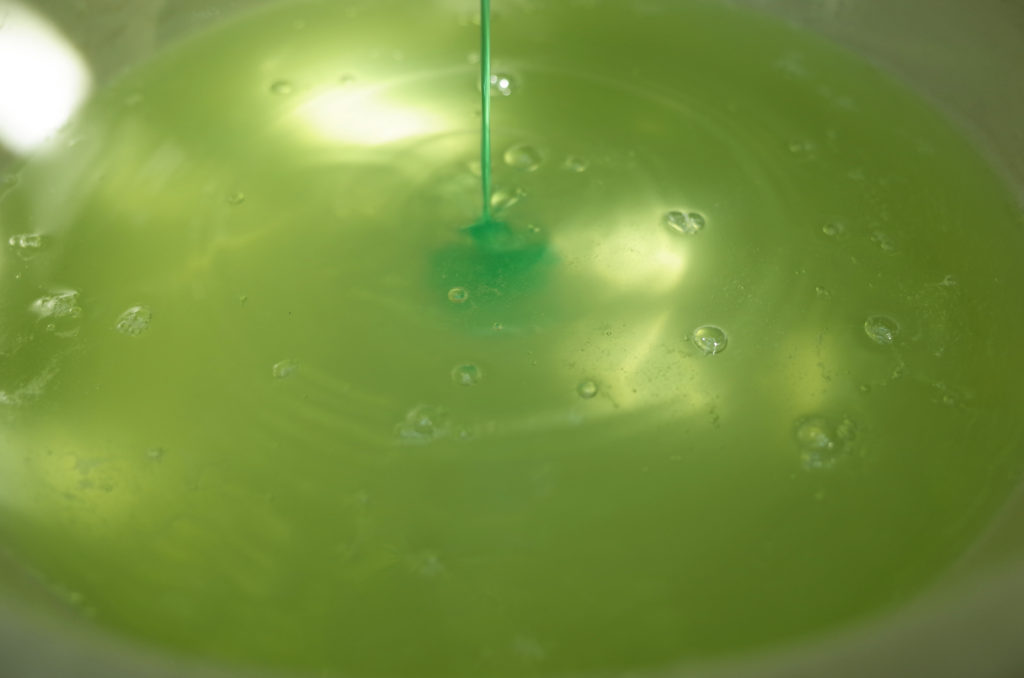
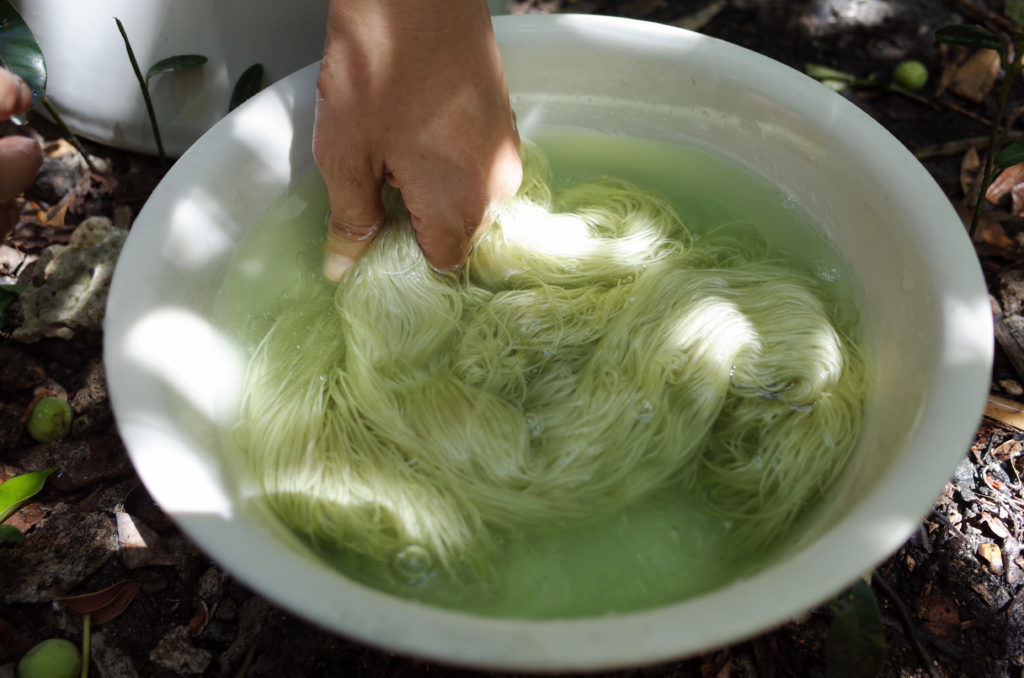
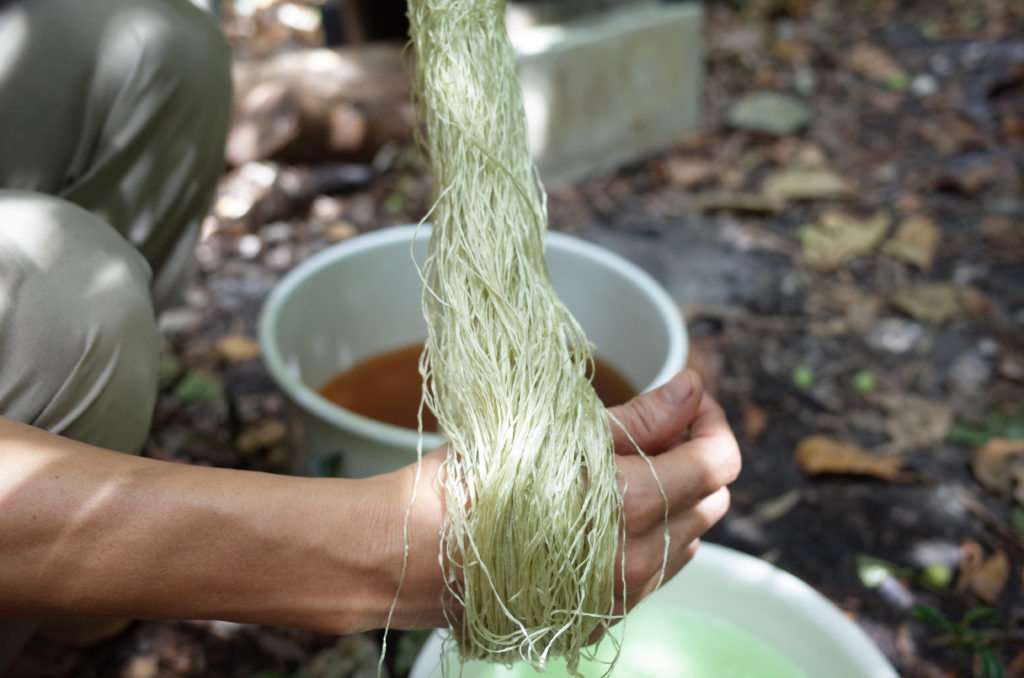
2個目は綺麗な青いクジャク石(銅)で媒染します。とても鮮やかなグリーンが生まれました。
Afterwards fresh green color appears.
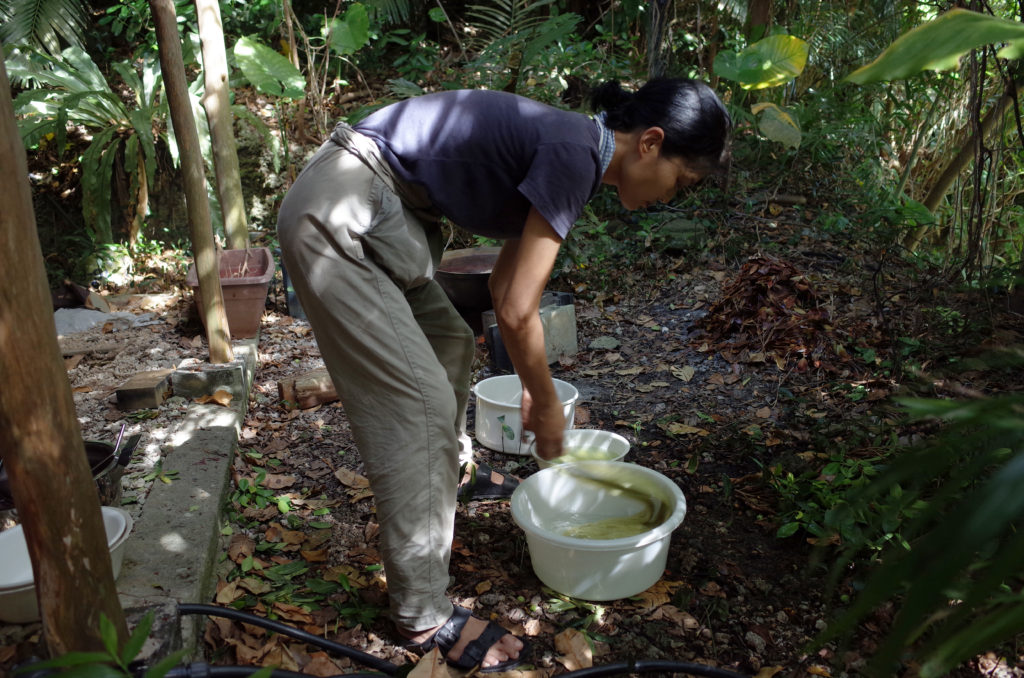
リズミカルに糸を水で洗います。これも腰を曲げて行う仕事で一苦労であります。
Afterwards the yarn is washed in a characteristic way which also has a very pleasant sound.When washed in seawater it becomes more and more the characteristic colors of the island. However, it is essential that the sea is perfectly clean.
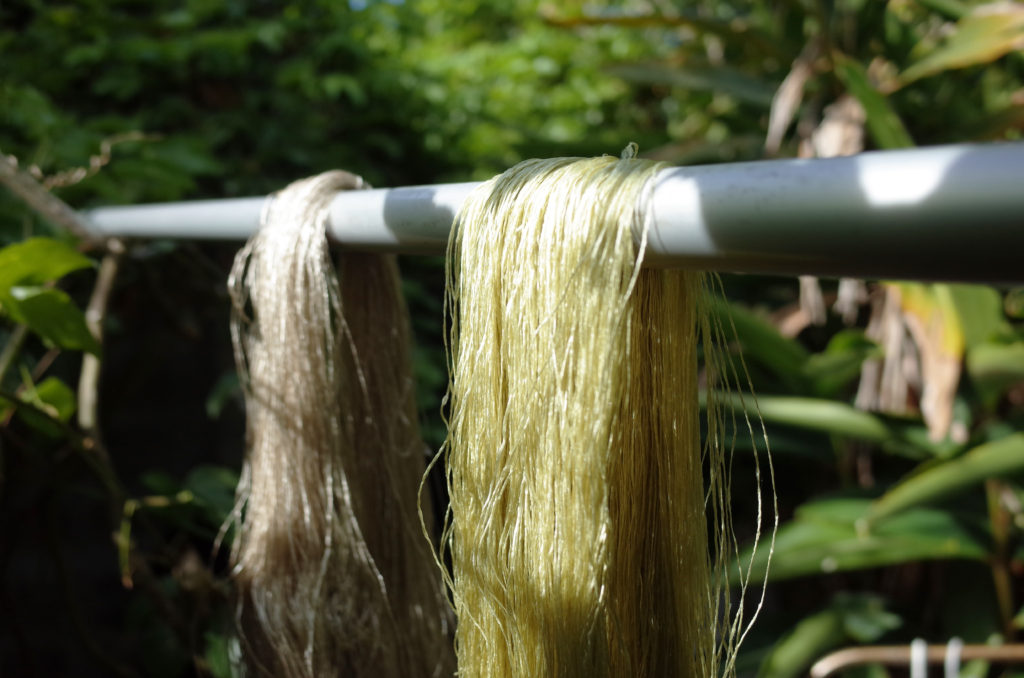
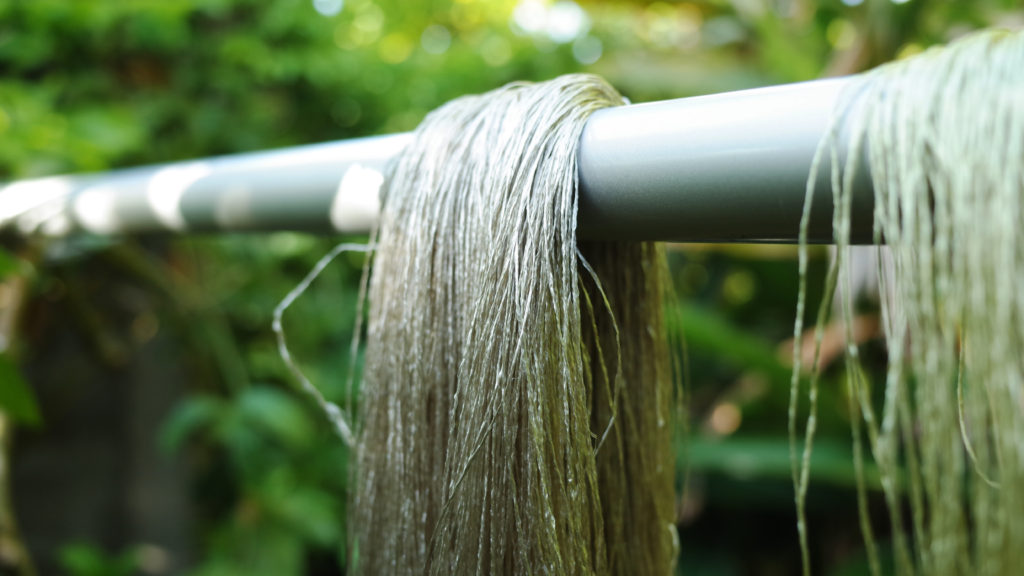
ハイビスカスから生まれた色たち。
南の島の青空に咲く、ハイビスカス。
島を一年中華やかにする花。
与那国では糸を染める代表的な花です。写真はまりさんの家の前の元気なハイビスカスを採り、シルクの糸を染める準備をしているところです。その作業工程を見ていると命をわけてもらっているということが実感されます。
ハイビスカスの葉は粘り気があり、八重山の女性はその葉で髪を洗っていました。アフリカではハイビスカスパウダーで髪の色を染め、またお茶として飲むこともできます。
さらに、沖縄・八重山では後生花(ぐそうばな)と呼ばれ、亡くなった後生の幸福を願って墓地に植栽する習慣もあるハイビスカス。
この活用の多様性は私には生と死の循環の象徴、ひとつながりの物語を示すものに思えます。決して長くはない命に情熱を掲げるかのように咲いているハイビスカス、私に元気をくれる大好きな花、そこから生まれた生命の色。
Hibiscus blooms all year under the blue sky of the south island. It is decorating the island beautifully.
This flower, Hibiscus is used in Yonaguni for the dyeing of yarn.
These photos show us gathering Hibiscus in front of Mari’s house, which we will use to dye silk yarn.
Hibiscus has sticky leaves which are used by women on Yaeyama island to wash their hair.
When powdered it can also be used as a hair dye and African women also use it in this manner.The flower is also famous for Hibiscus tea, called ‘Gusou-bana’. Gusou means “To wish a departed soul a happy life in the next world”, which is why Hibiscus is often planted in cemeteries.
The Hibiscus is a versatile flower and used in many ways. I feel it is symbolic of the circulation of dying and living, with its life showing us a story how dying is connected to living. It is like the eternal recurrence of the flow of life, the continuation of perpetually flowing life.
Hibiscus seem so passionately alive for such a short time, it gives me a cheerful feeling, a love of their way of life, the beautiful Hibiscus flower.
